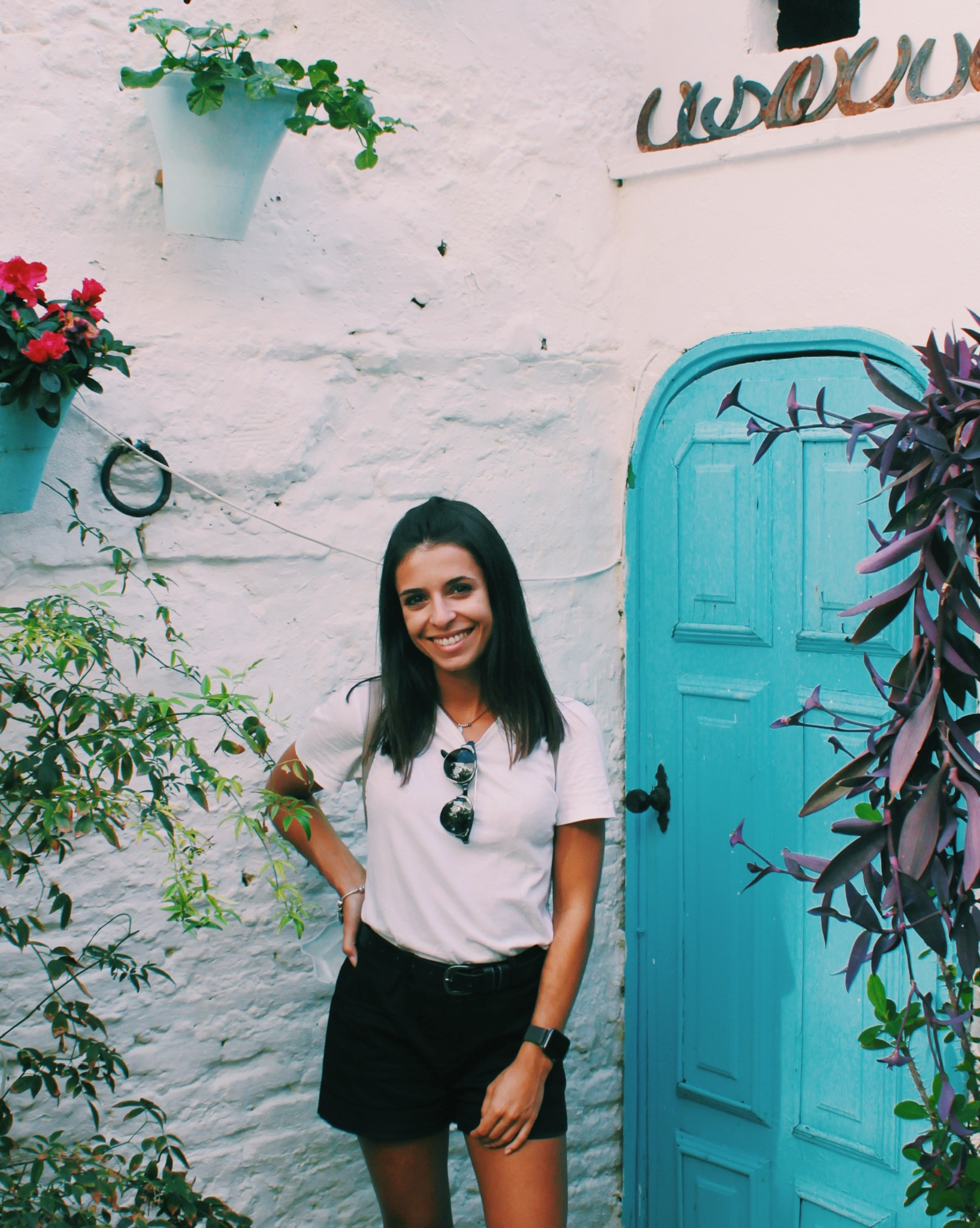The return to normality (the possible) has now happened for me. The first time I left the country since December 2019. The trip to Cordoba was planned for April 2020 – which did not happen for obvious reasons – but more than a year later it finally happened.
I must confess that the first impact was not the best. We arrived close to midnight on Friday and chose a hotel in the center of the old city, close to the Roman Temple, in a very busy area at night, with many bars and very difficult to park the car. Due to the hour, the nearest paid car park was full and the solution was to leave it about 2 km away and walk back to the hotel.

However, the next day my opinion changed. The first visit was, of course, the Mosque-Cathedral of Córdoba, the ex-libris of the city, and that did not disappoint me – quite the contrary.
Mosque-Cathedral of Cordoba
The history of the Mosque is fascinating: it started as a Visigoth basilica until Abd al-Rahman transformed it into a grandiose mosque in 784 and was used as an Islamic place of worship until 1236. Afterwards, the mosque was transformed into a cathedral and successively were built chapels, the central nave and the conversion of the minaret into a bell tower. For a more detailed story, I invite you to read the article by Alma de Viajante, which was responsible for the beginning of my fascination.
The Mosque-Cathedral of Cordoba is a mix of both Islamic and Christian cultures, and no matter how many photographs you see, nothing compares to the impact of seeing it live. It was declared a UNESCO Heritage Site in 1984 and in 2014 elevated to Property of Outstanding Universal Value.

Jewry
After hours of getting lost in the details of the Mosque, it's time for lunch. I followed the advice of my dear friend Lúcia and went to Taberna Agora Mezquita. The food is great with live traditional music.
From here we follow the streets of the historic center to the famous Calleja de las Flores – this street is nothing special, in fact, it is popular for being beautiful with the typical vases on the walls and overlooking the cathedral tower.
The plan was to visit the Alcázar dos Reis Cristianos but that weekend the gardens were being used for an event so we could only visit the interior, more specifically the Mosaics Hall.
To visit the Alcázar dos Reis Cristianos it is necessary to book in advance.
Patios Route
We lost a lot of time to understand how to do this route. Córdoba is known for its patios that are located in private houses. There are several patios open to visitors, but most need to be booked in advance. We walked around for too long until we realized where and at what time we could buy a ticket to do the Patios Route (in the afternoon they only open at 5 pm!). The ticket costs €5/person and guarantees the visit to 5 patios, which are located in the San Basilio district. You don't need to follow the order of the route: as there were a lot of people in the first Patio, we visited in the last to waste less time.
Every year, at the Festival dos Patios Cordobenses, the owners compete for the most beautiful patio in Cordoba. In my opinion, this route is worth it as it is a city tradition and not something out of this world.
Roman Bridge
The view of the Mosque-Cathedral across the river is much prettier than when we are close.

We ended the day with dinner at La Tinaja restaurant, at the riverside.
One of the most typical dishes in Cordoba, Salmorejo.

We left Córdoba the next morning, after a last walk through the historic centre. It was a weekend that made me realize how much I missed traveling, getting out of everyday life and getting to know new places and new stories. I'm already thinking about the next one...







